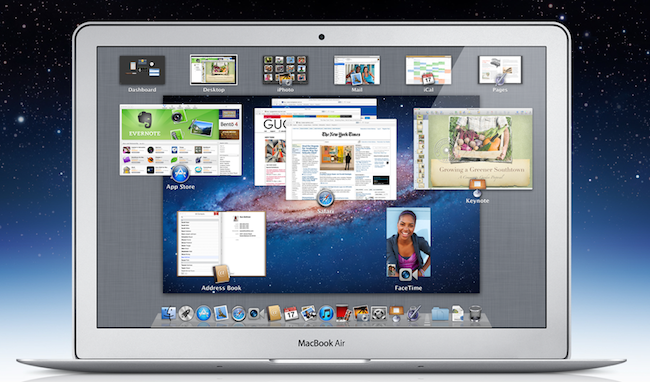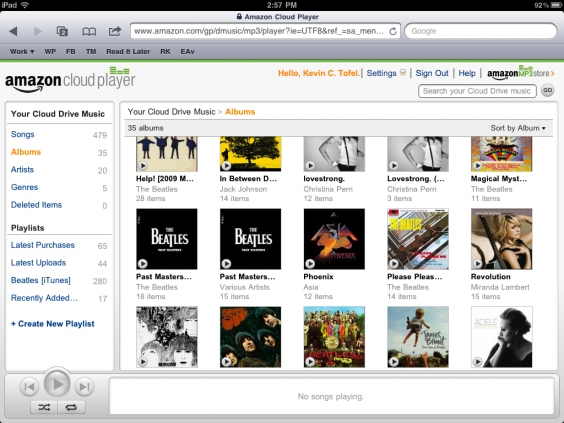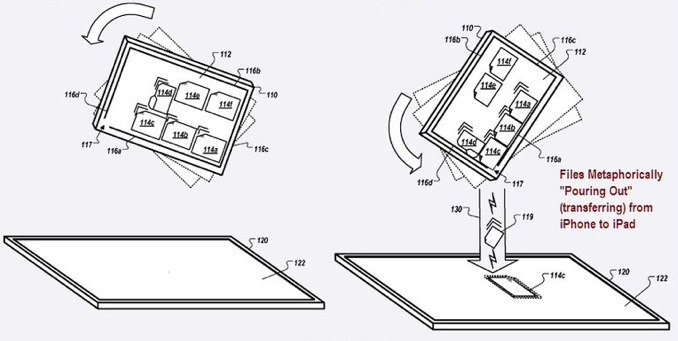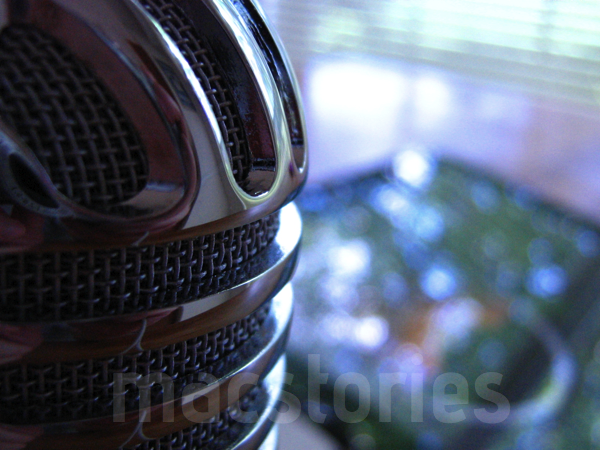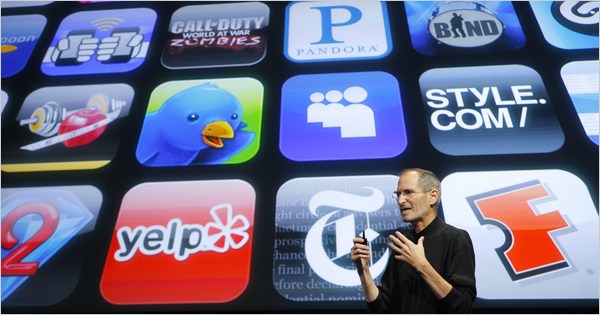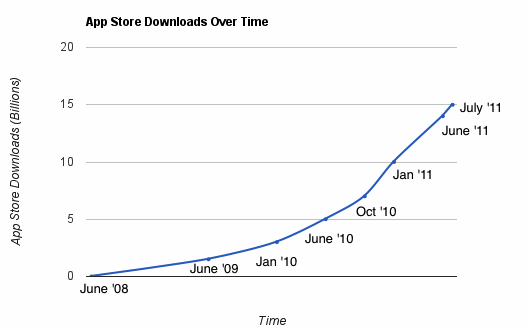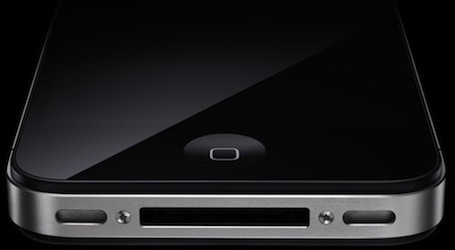Swype, a popular alternative typing system that comes pre-installed on a variety of Android devices, was unofficially ported to the iPhone and released yesterday as a tweak for the iOS keyboard on Cydia. The peculiarity of Swype is that it allows users to write sentences by simply sliding their fingers on the keyboard, without ever lifting them, and manages to compose words thanks to a mix of predictive auto-correction, and proprietary technology that has allowed Swype to become a cult among Android users. The creators of Swype have been saying for years that they have a working version for iOS devices, which could be released on the App Store if only Apple let developers submit apps that enhance system functions like the default keyboard.
For this reason the official Swype for iOS may never see the light of day, but that hasn’t stopped Cydia developers from building their own version, which was released yesterday for free. Unlike what initial reports claimed, the Swype available on Cydia is an unofficial port, which doesn’t use Swype’s technology but uses Swype’s brand. According to Swype CEO Mike McSherry, interviewed by GeekWire, the port that’s been released on Cydia is more or less a “hack”, a re-imagination of the original Swype by developer Andrew Liu. The port, as also seen in the demo videos, is buggy and doesn’t come with Swype’s popular “blue tracer line” for the keyboard; moreover, Swype’s CEO is unsure whether Liu re-used some of Swype’s code, or simply rewrote his own version basing on the Swype experience for Android.
McSherry said that he saw Liu’s unofficial release of Swype, and he’s still trying to make sense of it.
“I don’t know but it appears he wrote some of his own code to emulate a Swype-like experience and is using our brand,” he said. ”I don’t know if this is a ‘hacked’ version of Swype or not….I’m thinking not.”
Nonetheless, McSherry notes that I am not the only one interested in learning about Swype for the iPhone. And perhaps Liu’s unofficial release simply indicates the desire to bring it to the iPhone and iPad.
You can find the instructions to install the unofficial Swype for iPhone here. Check out the demo video after the break.
Read more




